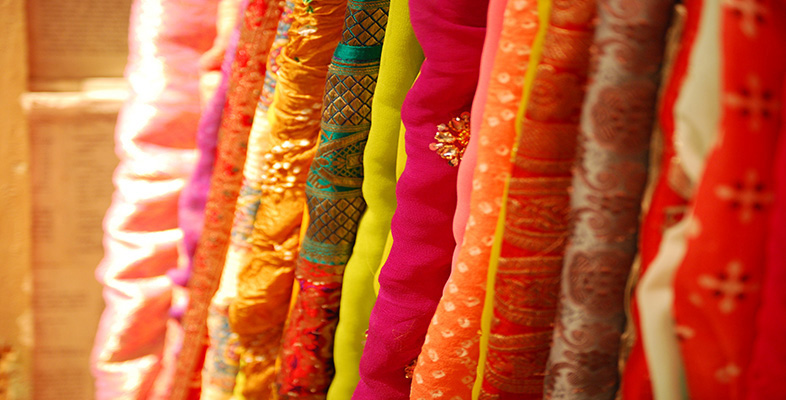3.5 What can we learn?
The next activity poses a question that should encourage you to bring together the various observations you made above.
Activity 11
What can we learn from who is trained and the way people train to make kente and adinkra about the respective values assigned to the cloths?
Discussion
Kente
Kente weaving can be done by someone very young, although it was stressed that designing kente was only possible for a mature master weaver. Kente might be made in a workshop with groups of workers or singly by a master weaver working for himself. Kente is now being taught to young women.
Weaving seems to have connections with those of high social status. For example, the Nana Asante Frimpong, Member of Parliament for the Wonoo area, worked his way through college using his kente-making skills to finance him. Kente cloths range in value according to whether an acknowledged master has made them. Kente is related to complex and variable patterns of making, and seems to be profitable enough to warrant large-scale production.
Adrinkra
Adinkra-making, by way of contrast, seems to have a more modest status than kente weaving. It is organised solely on a family basis, with boys learning from their fathers, and members of the household performing different tasks. Gender divisions seem to be in place in adinkra-making.
(A further point, which we learned of on our visit but could not film, is that kente costs a good deal more to buy than adinkra. Kente is so expensive that hire purchase arrangements are on offer. As the proper clothing for mourning, adinkra needs to be affordable to many people.)
